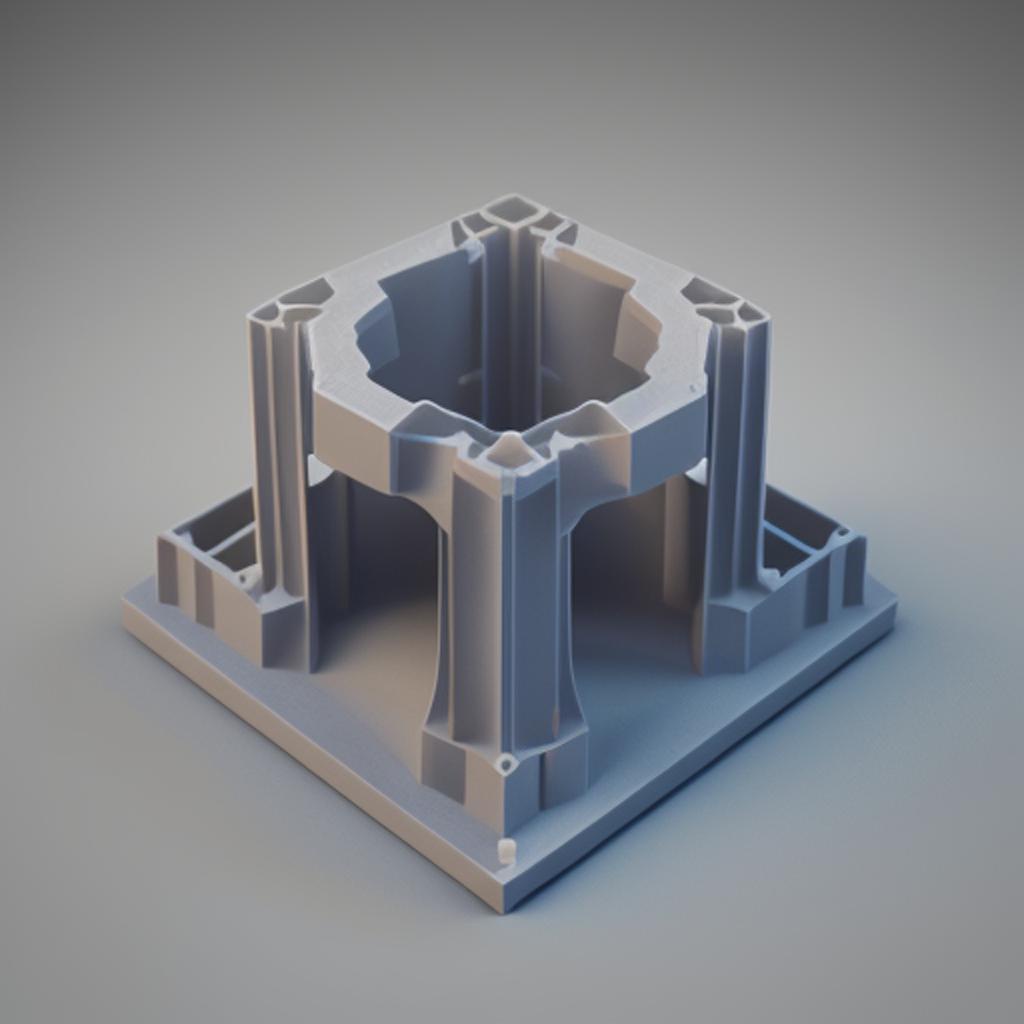Exploring the Fundamentals of Injection Molding: A Comprehensive Guide
Injection molding is a manufacturing process used to produce parts by injecting molten material into a mold. It is one of the most common ways to produce plastic parts at scale due to its efficiency, consistency, and cost-effectiveness. This process has revolutionized mass production across countless industries.
To gain a well-rounded understanding of injection molding, it is important to learn the fundamentals. This guide will provide a comprehensive overview of the key concepts and components involved.
The Injection Molding Process
The injection molding process can be broken down into the following stages:
- Clamping - The two halves of the injection mold are securely closed by the clamping unit, applying tons of pressure to keep the mold securely shut during injection and cooling.
- Injection - Molten plastic is injected into the mold through the sprue, runners and gates, completely filling the cavity. This is done using an injection ram or screw-type plunger.
- Cooling - Cooling channels in the mold draw heat away from the molten plastic, solidifying it into the desired shape. The cooling time depends on the thickness of the part.
- Ejection - Once sufficiently cool, the mold opens and the solidified part is ejected out. The mold closes and the cycle repeats.
Optimizing each stage contributes to an efficient overall process and quality end-products.
Mold Design and Tooling
The mold is a precisely machined tool made from tool steel that forms the desired part shape. Good mold design is imperative for quick cycles and quality injection molded parts. Key mold components include:
- Cavity and core – These form the interior surfaces of the part. The cavity is the female portion and the core is the male portion.
- Sprue – The primary feed opening through which plastic enters the mold.
- Runners – Channels distributing molten plastic from the sprue to the gates.
- Gates – Narrow openings where runners connect to the part cavities.
- Vents – Tiny slots that allow air to escape from the mold cavity during filling.
- Ejector pins – Pins that eject the finished part off the core once opened.
The mold must withstand clamping pressure and injection forces, conduct heat effectively, and deliver precision moldings repeatedly over hundreds of thousands of cycles.
Plastic Raw Materials
Thermoplastic and thermoset plastics are used. Thermoplastics like polyethylene, polypropylene, polystyrene and ABS are most common due to their low melting temperatures. Fillers like glass fibers or pigments can be added to modify properties.
Material selection depends on factors like tensile strength, flexural modulus, heat resistance, chemical resistance, electrical properties, cost, and specific application requirements.
The Injection Molding Machine
The injection molding machine has two main parts - the injection unit and the clamping unit.
The injection unit melts the plastic and injects it into the mold. It consists of a hopper, barrel, screw and heater bands. Granular plastic is fed into the hopper and melts in the heated barrel via the rotating screw.
The clamping unit opens and closes the mold by applying clamp force. This pressure keeps the mold securely closed during the high-pressure injection stage.
Machines are rated by tonnage, indicating the amount of clamp force they can apply. Higher tonnage suits larger molds.
Key Process Parameters
To produce quality parts, technicians must set and control key process parameters:
- Melt temperature – The target plastic melt temperature entering the mold. Usually 150°C to 350°C.
- Injection pressure – The pressure applied to inject molten plastic into the cavities. Measured in PSI or Bar.
- Injection rate – How fast the plastic is injected, measured in in/sec. Fast initial, slow final phases are common.
- Cooling time – Time taken for part to solidify before ejection. Depends on part thickness and plastic type.
- Mold temperature – The operating temperature of the mold itself, usually cooled by water.
- Cycle time – Total time taken for one full injection cycle. Varies from seconds to minutes.
Fine-tuning these parameters optimize part quality and consistency.
Defects and Quality Control
Some common injection molding defects include:
- Sink marks – Depression on surface due to non-uniform cooling
- Warpage – Part distortion due to uneven shrinking
- Flash – Leakage of material into mold gaps
- Short shots – Incomplete cavity filling
- Burn marks – Discoloration and degradation from overheating
Robust quality control measures should be implemented to minimize defects:
- Dimensional checks – Verify critical part dimensions
- Visual inspection – Check for visual flaws under bright light
- Testing of mechanical properties – Strength, impact etc.
- Monitoring process parameters – Pressure, temperature, cycle time etc.
- Statistical process control – Track critical metrics using control charts
With attention to detail and process optimization, injection molding can deliver extremely high quality, consistent and cost-effective plastic parts at scale. Mastering the fundamentals is key to leveraging this versatile production process to its fullest potential while meeting the tightest quality standards.


No comments yet